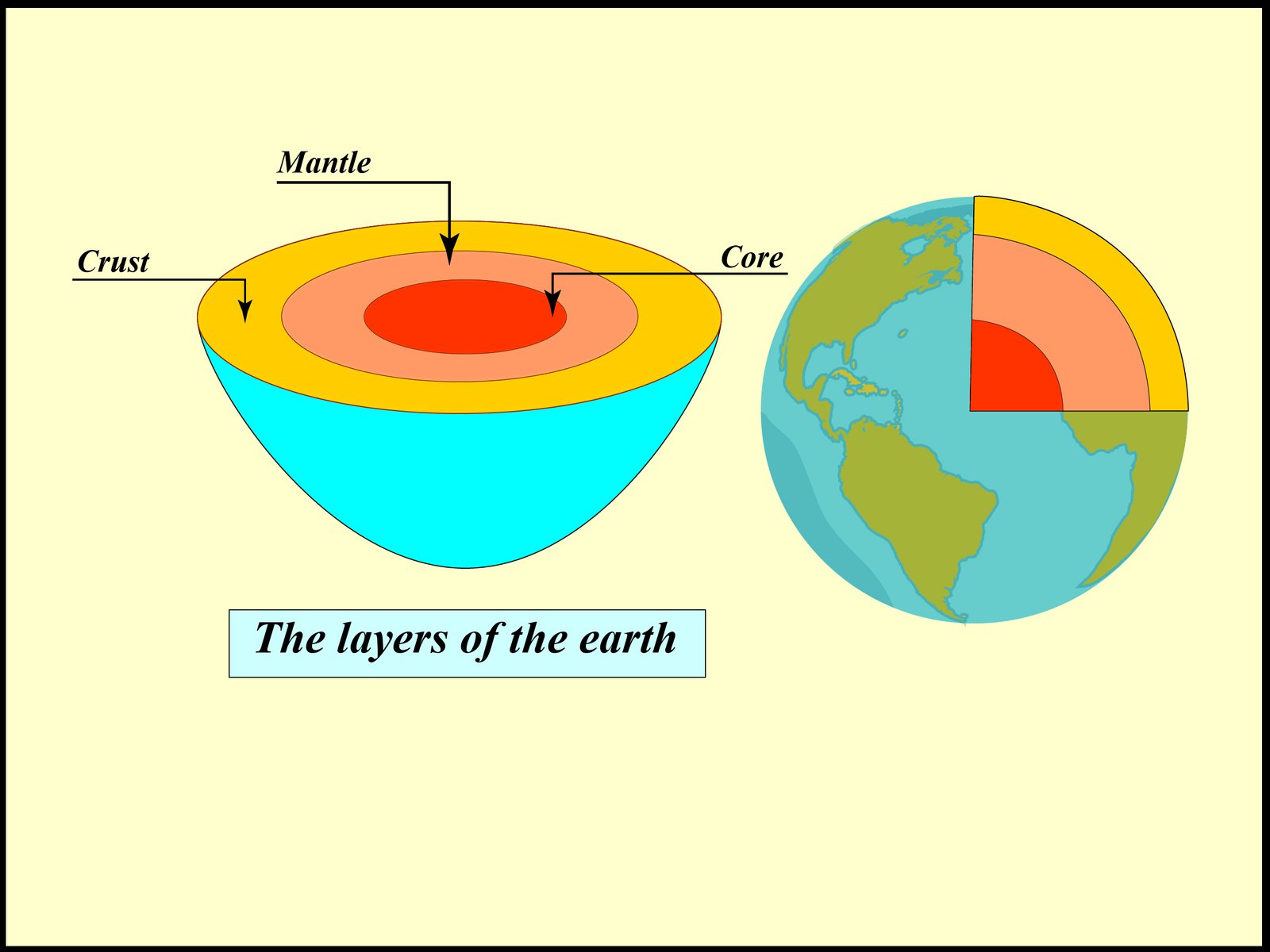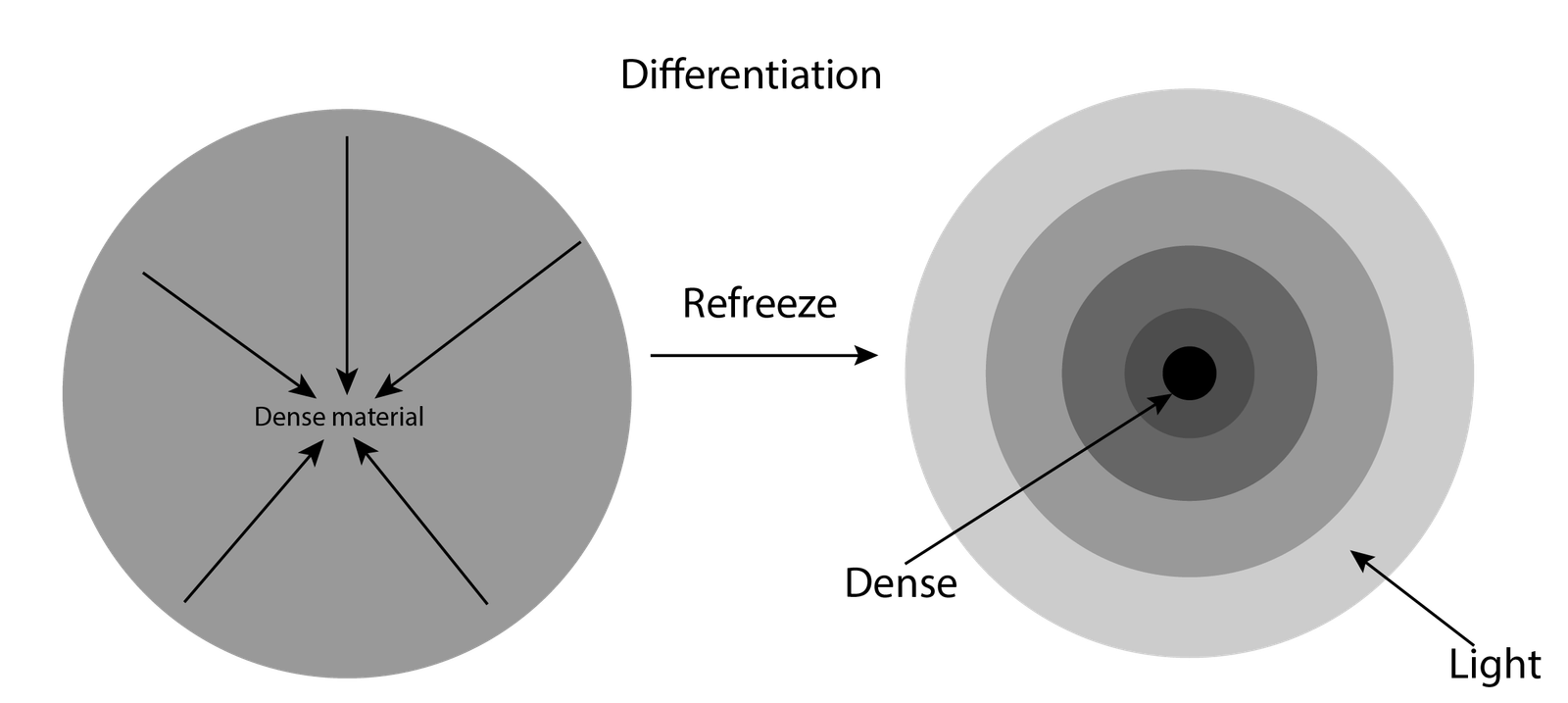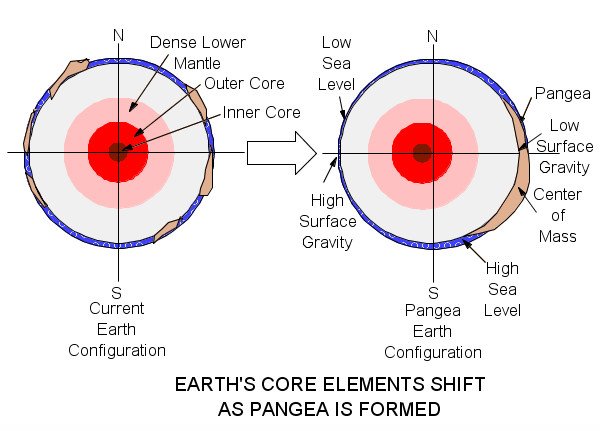Deep beneath our feet lies a realm that continues to intrigue and mystify scientists: the Earth’s core. Recently, new discoveries have shed light on this enigmatic part of our planet, prompting a flurry of research and debate. This article delves into the latest findings, exploring the implications of a changing core and what it means for our understanding of Earth’s inner workings.
The Structure of Earth’s Core

The Earth’s core is like the engine room of our planet, yet despite its importance, it remains largely mysterious. Composed primarily of iron and nickel, the core is divided into two parts: a solid inner core and a liquid outer core. The inner core is akin to a giant metal ball, while the outer core is more like a swirling sea of molten metal. This dynamic combination is responsible for generating Earth’s magnetic field. Visualize it as a massive dynamo that powers the compass needles around the globe. Understanding this structure is crucial as it forms the basis of the recent discoveries that suggest the core might be changing.
Unraveling the Mysteries: Recent Discoveries

In recent years, scientists have made significant strides in uncovering the secrets of Earth’s core. Using seismic wave data, researchers have observed unusual patterns that suggest the core is not as static as once thought. For instance, variations in the speed of seismic waves have revealed changes in the core’s structure, hinting at shifts in its composition and temperature. These findings are like pieces of a complex puzzle, slowly coming together to reveal a changing landscape beneath our feet. Such discoveries challenge previous notions and open up new avenues for understanding the core’s influence on the planet’s geology and magnetic field.
The Role of Seismology in Core Research

Seismology, the study of seismic waves generated by earthquakes, plays a pivotal role in core research. When these waves travel through the Earth, they interact differently with various materials, offering clues about the core’s composition. Imagine dropping a pebble into a pond and watching the ripples—it’s similar to how seismic waves move through the Earth. By analyzing these waves, scientists can infer changes in the core, much like a doctor using an ultrasound to examine a patient’s organs. This method has been instrumental in recent discoveries, providing a window into the otherwise inaccessible depths of our planet.
Possible Causes of Core Changes

The changes observed in the Earth’s core could be attributed to several factors. One possibility is the gradual cooling of the core over billions of years, which affects its dynamics and the generation of the magnetic field. Another factor could be the movement of molten iron within the outer core, akin to a pot of soup swirling as it cools. Additionally, interactions between the core and the mantle above it might also play a role, as heat and material exchange could influence the core’s behavior. These potential causes are like pieces of a grand cosmic puzzle, each contributing to the evolving picture of our planet’s interior.
Implications for Earth’s Magnetic Field

The Earth’s magnetic field, a vital shield that protects us from cosmic radiation, is directly linked to the core’s dynamics. If the core is indeed changing, it could have profound implications for the magnetic field. Changes in the field’s strength or orientation could affect everything from navigation systems to animal migration patterns. It’s like altering the settings on a global GPS, causing potential disruptions on both a technological and biological level. Understanding these implications is crucial for preparing for any future changes that might arise from shifts within the core.
Historical Context: Earth’s Core Over Time

Historically, the Earth’s core has been a subject of fascination and study, evolving in our understanding as technology advances. Early theories depicted the core as a static, unchanging entity, but recent discoveries have painted a different picture. Over geological time scales, the core has experienced changes that have influenced the planet’s magnetic history. For instance, evidence of past magnetic reversals suggests that the core’s dynamics have shifted dramatically. This historical context is like a timeline, highlighting the core’s pivotal role in shaping Earth’s geological and magnetic history.
Technological Advances in Core Exploration

Technological advancements have revolutionized our ability to study the Earth’s core. From sophisticated seismic instruments to computer models simulating core dynamics, these tools have opened up new frontiers in core research. Imagine having a high-tech microscope that allows you to peer into the Earth’s depths—this is the reality for scientists today. These technologies enable researchers to test hypotheses, visualize core processes, and gather data that were previously inaccessible. As technology continues to advance, our understanding of the core is poised to deepen, offering new insights into this hidden world.
The Future of Core Research

Looking ahead, the future of core research holds promise and potential. As scientists continue to uncover the mysteries of the core, new questions will inevitably arise, guiding future investigations. Imagine a vast, uncharted territory waiting to be explored—this is the frontier of core research. Collaborative efforts among scientists from diverse fields will be essential in piecing together the complex puzzle of the Earth’s interior. The ongoing quest to understand the core is a testament to human curiosity and the relentless pursuit of knowledge.
The Broader Impact of Core Discoveries

The discoveries about the Earth’s core extend beyond scientific curiosity, impacting various aspects of life on Earth. From influencing climate patterns to affecting technological systems, the core’s changes have far-reaching implications. Consider it a central cog in a vast planetary machine, where even small shifts can have significant effects. Understanding these impacts is crucial for developing strategies to mitigate potential risks and adapt to future changes. The broader impact of core discoveries underscores the importance of continued research and awareness.
Final Thoughts: A Call to Curiosity

The exploration of the Earth’s core is a journey into the unknown, filled with mystery and discovery. As scientists uncover more about this hidden realm, it invites us all to embrace our innate curiosity and wonder about the world beneath our feet. The core’s secrets are like stories waiting to be told, each discovery a new chapter in the unfolding narrative of our planet. As we continue to learn about the core, it challenges us to think deeply about our place in the universe and the intricate systems that sustain life on Earth.



